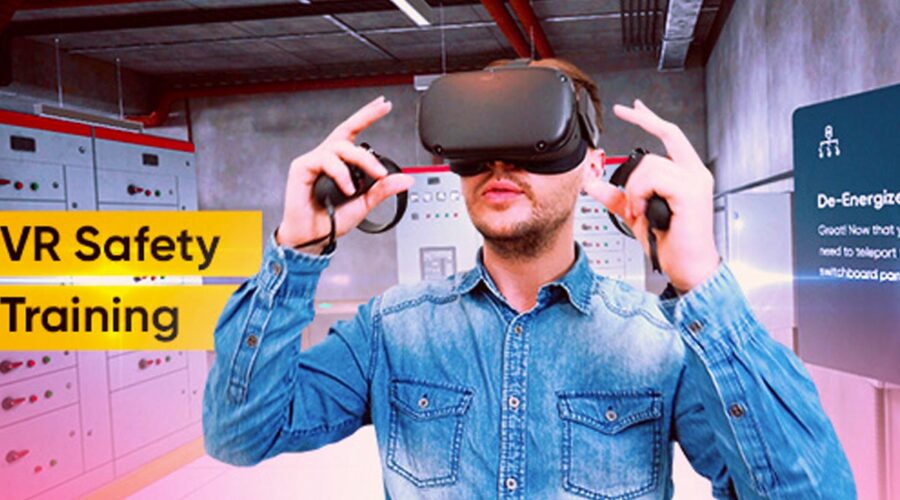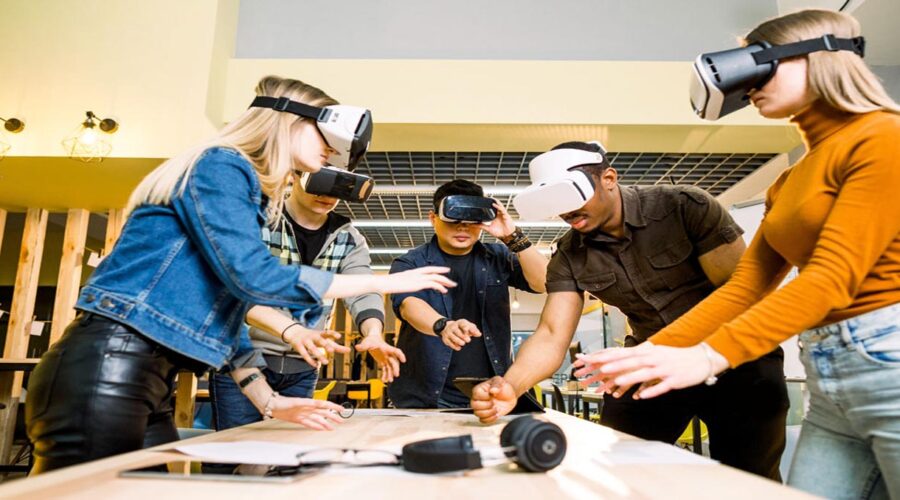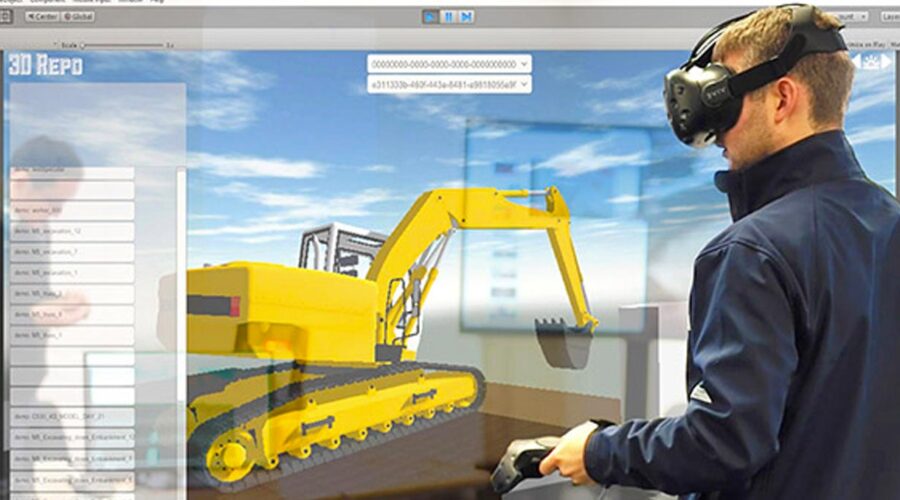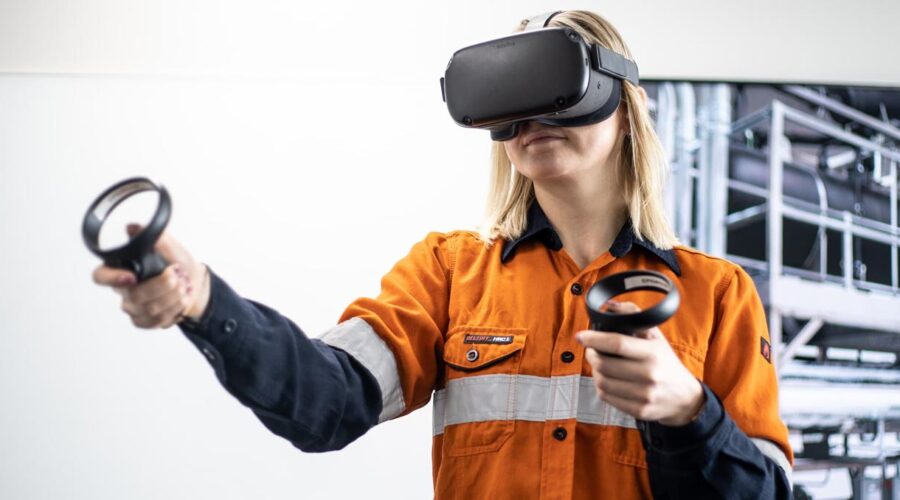Using VR Training in Occupational Safety
Virtual reality (VR) is increasingly being used in various industries for training, and occupational safety is one of the areas that has shown tremendous potential for the use of VR training. As workplace accidents and injuries can be costly in terms of both financial losses and human lives, companies are realizing the importance of training their employees in safe work practices to prevent accidents.







